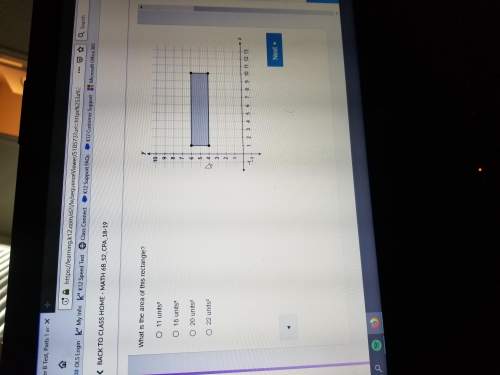
Mathematics, 20.04.2021 14:00 harmonywilliams3064
Introduction
Scientists have established a timeline of events after the Big Bang, based on astronomical observations and our understanding of the physical laws of the universe, such as gravity and the speed of light. In this lab activity, you will gather evidence to support the Big Bang theory.
Problem:
How can models demonstrate theories of our expanding universe?
Hypothesis:
Review the virtual lab demonstration in the lesson and stop the video when prompted to formulate a hypothesis. Hypothesize (or predict) what will happen to the distances between the labeled circles when you blow up the balloon ¼ full, ½ full, and ¾ full. Remember to include independent and dependent variables in your hypothesis.
The carbon dioxide represents how galaxies will spread out.
Materials:
Watch the virtual lab demonstration video within the lesson. No additional materials are needed.
Variables:
For this investigation:
List the independent variable(s):
List the dependent variable(s):
List the controlled variable(s):
Procedures:
1. Watch the virtual lab demonstration video within the lesson and record your observations in Table 1.
2. Using your expanding universe data from Table 1, construct a line graph using the volume of the below on the X axis and the distance between points on the Y axis. Be sure to include units and add titles to the graphs. Refer to the graph example and graphing tutorial in the lesson if needed.
3. Complete the Questions and Conclusion section of the lab report.
Data and Observations:
Table 1: Expanding Universe Observations
Galaxies Distance: Uninflated balloon (centimeters)
Distance: ¼ full (centimeters) Distance: ½ full (centimeters) Distance: ¾ full (centimeters)
A to B
A to C
A to D
B to C
B to D
C to D
Construct a line graph using the expanding the universe data from table 1. The volume will be plotted on the x-axis. The distance between the points will be plotted on the y-axis. Be sure to include units and add titles to the graph. Refer to the graph example and graphing tutorial in the lesson if needed.
Place your graph here.
Questions and Conclusion
1. How does the density and distribution of your “stars” change as the balloon expands?
2. How does your expanding balloon model represent an expanding universe?
3. What are some shortcomings of using this model as a replica of universe expansion?
4. How does the model you created help to show that the Steady State theory is inaccurate?
5. Suggest a way that a scientist could create an even more accurate model of universe expansion.
6. What will happen to the gravitational force between stars as the universe continues to expand?
In conclusion, how did your prediction of distances between points compare to your experimental results? All I truly need is the variables question 3 and 5 and I’m good :) thank you <3 this is for science but I didn’t know which one to pick so I picked a random one lol

Answers: 1
Another question on Mathematics

Mathematics, 21.06.2019 13:00
Use the elimination method to solve the system of equations -x+5y=-4 and 4x+3y=16
Answers: 2

Mathematics, 21.06.2019 18:40
Offering 30 if a plus b plus c equals 68 and ab plus bc plus ca equals 1121, where a, b, and c are all prime numbers, find the value of abc. the answer is 1978 but i need an explanation on how to get that.
Answers: 3


Mathematics, 21.06.2019 20:30
What is always true about a positive integer raised to a negative odd power?
Answers: 1
You know the right answer?
Introduction
Scientists have established a timeline of events after the Big Bang, based on astrono...
Questions

English, 30.07.2019 03:00





Biology, 30.07.2019 03:00


Social Studies, 30.07.2019 03:00




Social Studies, 30.07.2019 03:00





Mathematics, 30.07.2019 03:00






